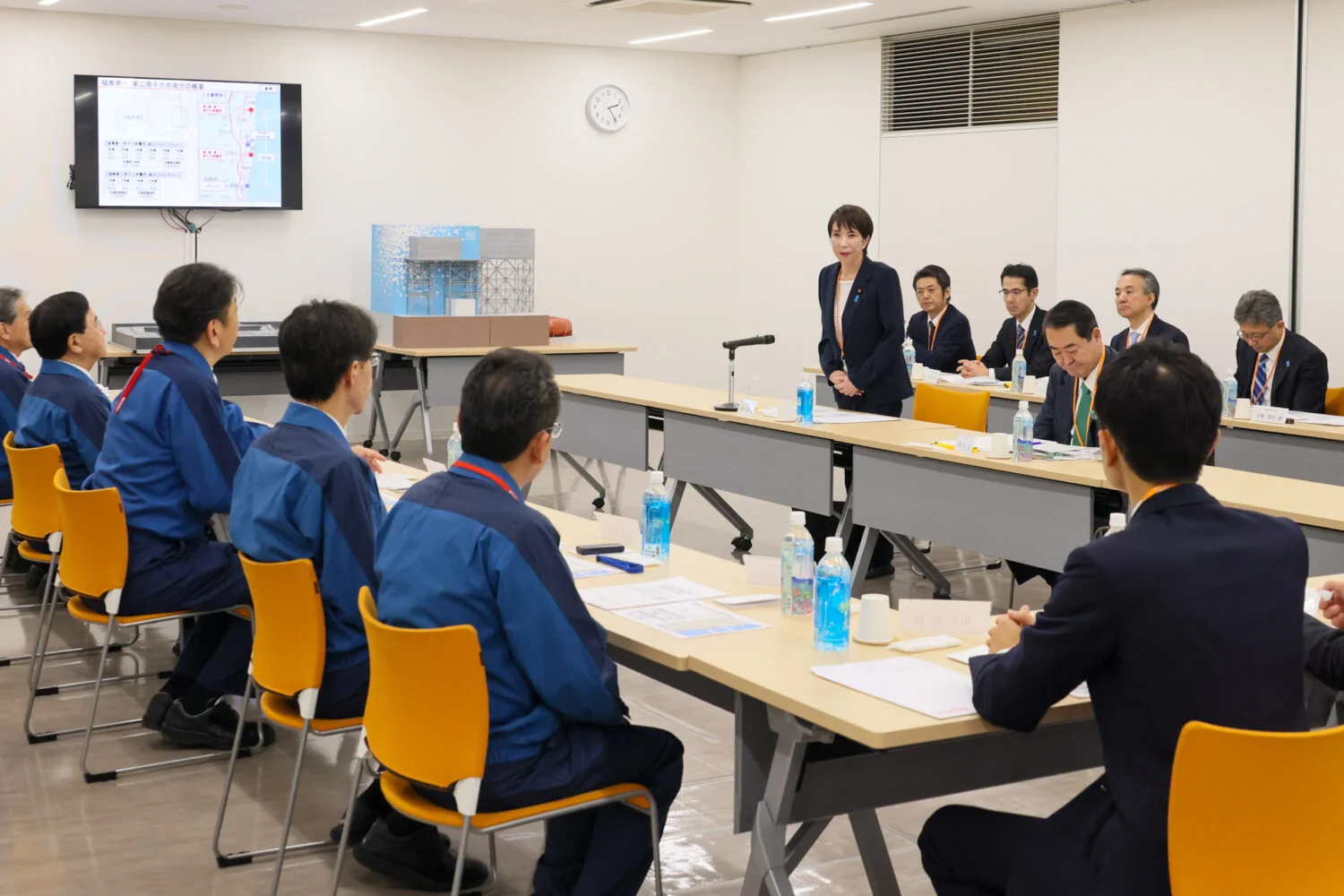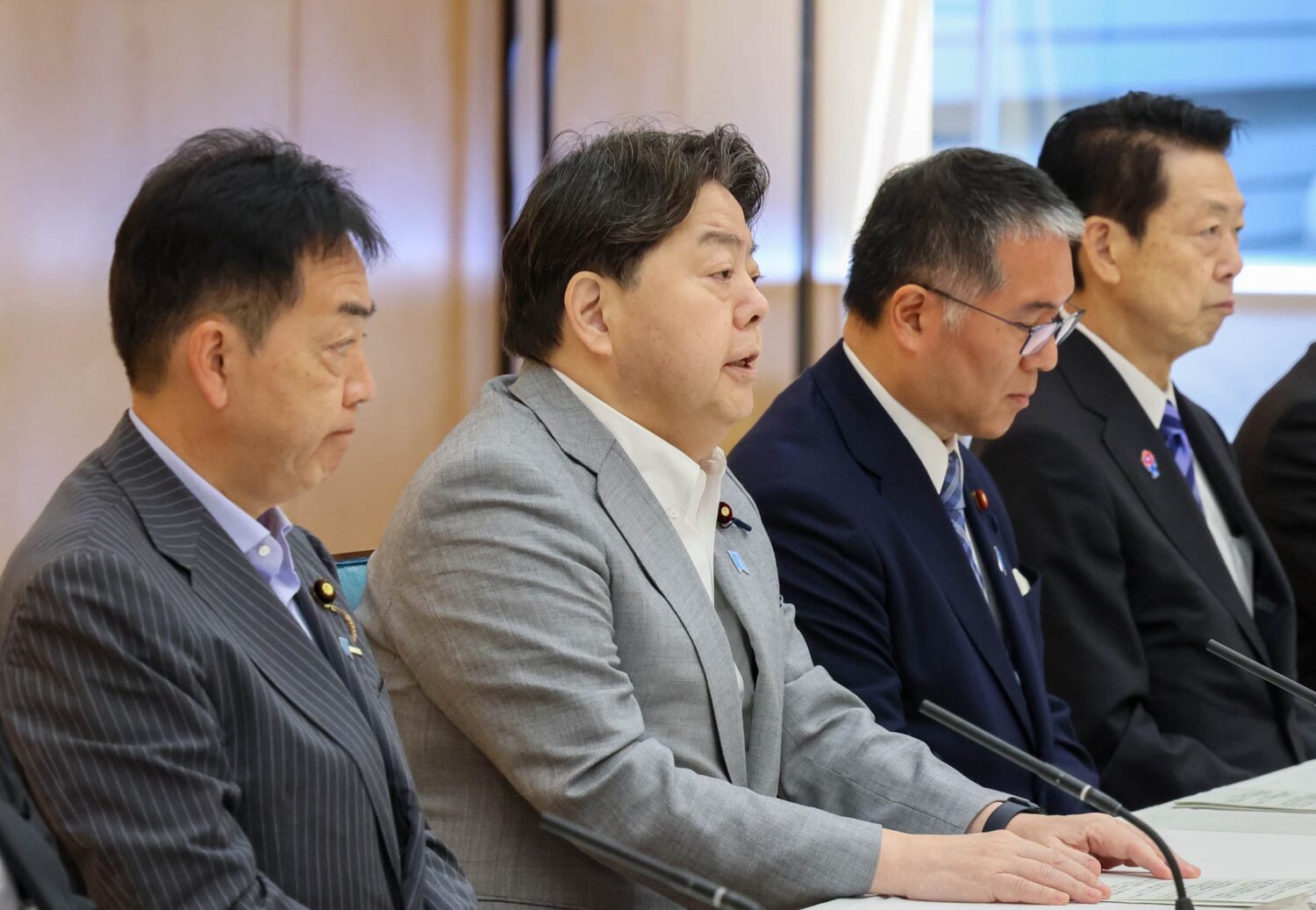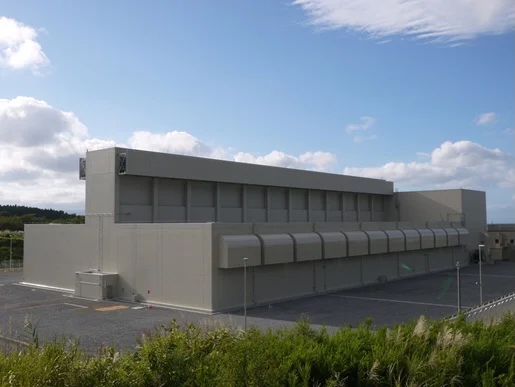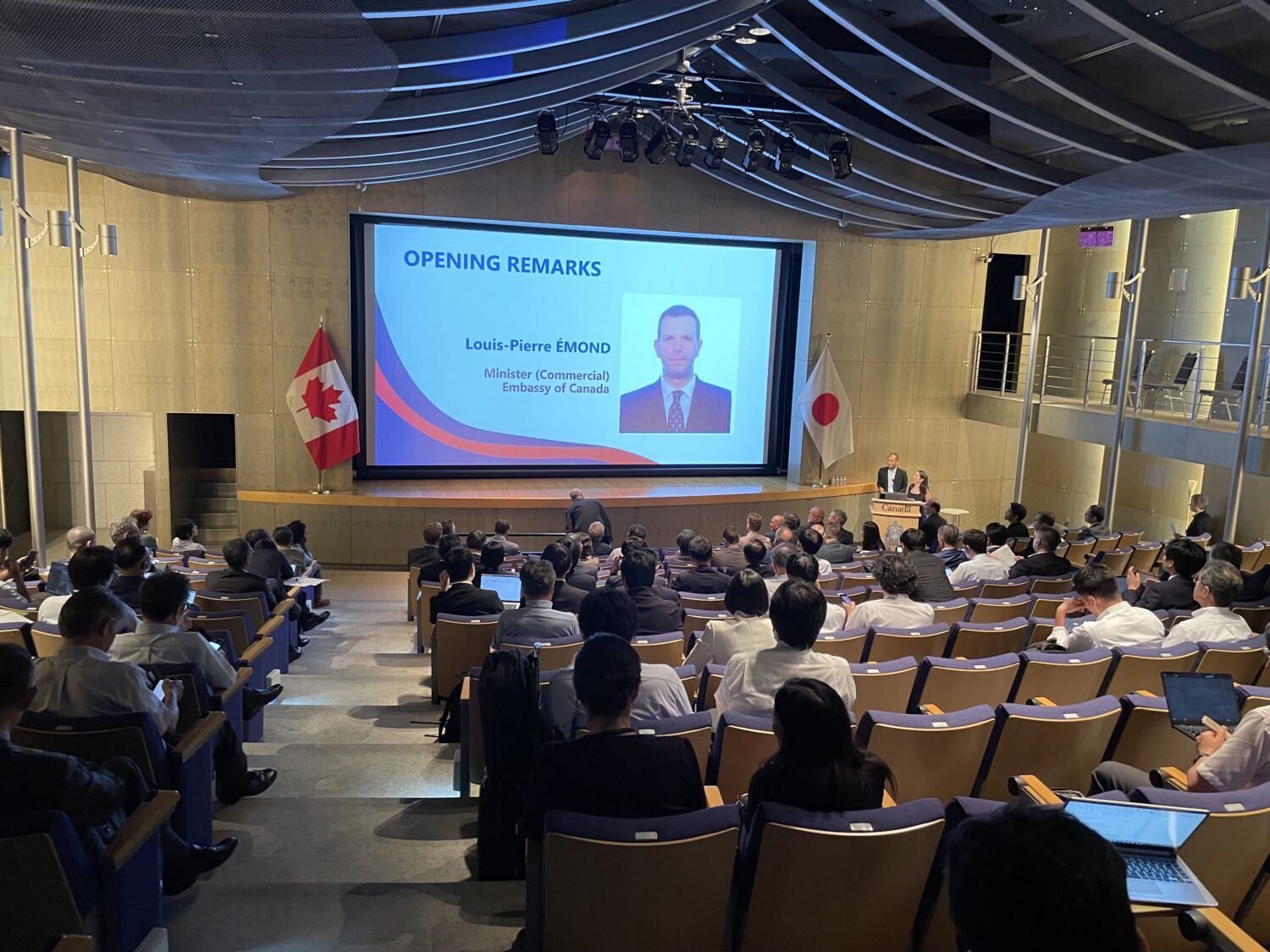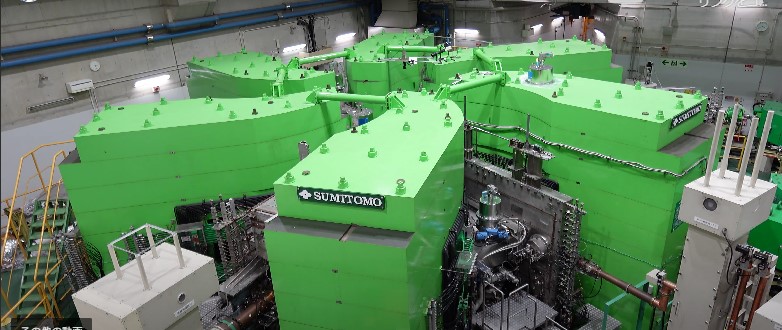The Tokyo Electric Power Co. (TEPCO) has been working on the walls as one way to deal with the contaminated water coming from the reactors. On April 30, the power company began tests involving some of the coolant pipes.
The frozen-soil shielding walls are to stop the inflow of groundwater coming from the mountainside to the reactor buildings. The inflows of such water have increased the quantities of contaminated water. More than 1,500 pipes will be installed beneath the ground in an area fronting the four reactor units that stretches some 1.5km. Coolant will then be injected into the pipes to freeze the surrounding soil.
The freezing test is being conducted at 18 points (58 pipes) on the mountainside west of the buildings, where it is deemed particularly difficult to freeze the soil due to buried objects and other items, so as to check the response of the system and changes in underground temperature. The portion to be frozen in the test will be approximately 4% of the total intended to be eventually frozen.
The freezing test is expected to continue for several weeks. TEPCO will then start freezing the soil on the mountainside after the NRA officially approves the operation of the system.
The power company will eventually freeze the walls on the seaside as well, thus completely surrounding the reactor buildings with frozen soil. Currently, however, the NRA is examining the installation method on the seaside, where highly radioactive contaminated water has been found in trenches (underpasses for power cables, and so forth).
Consequently, it is unknown when full-scale operation — i.e., the freezing of all the intended shielding walls — may be possible.


